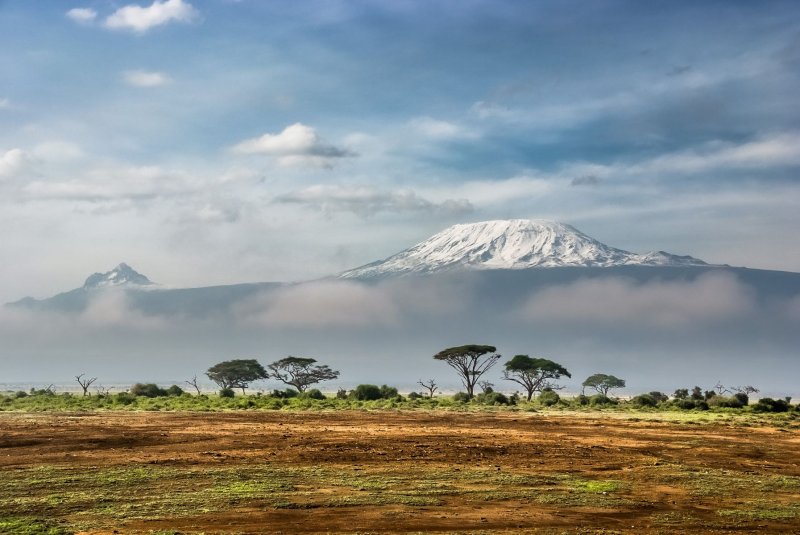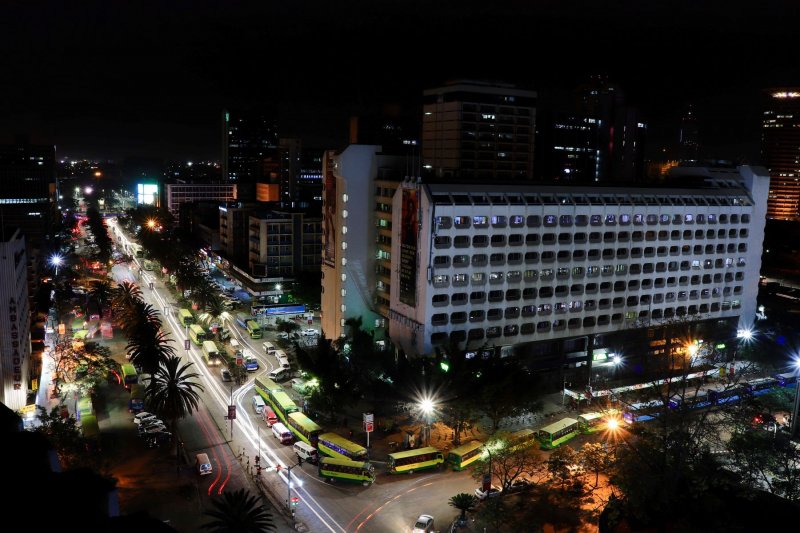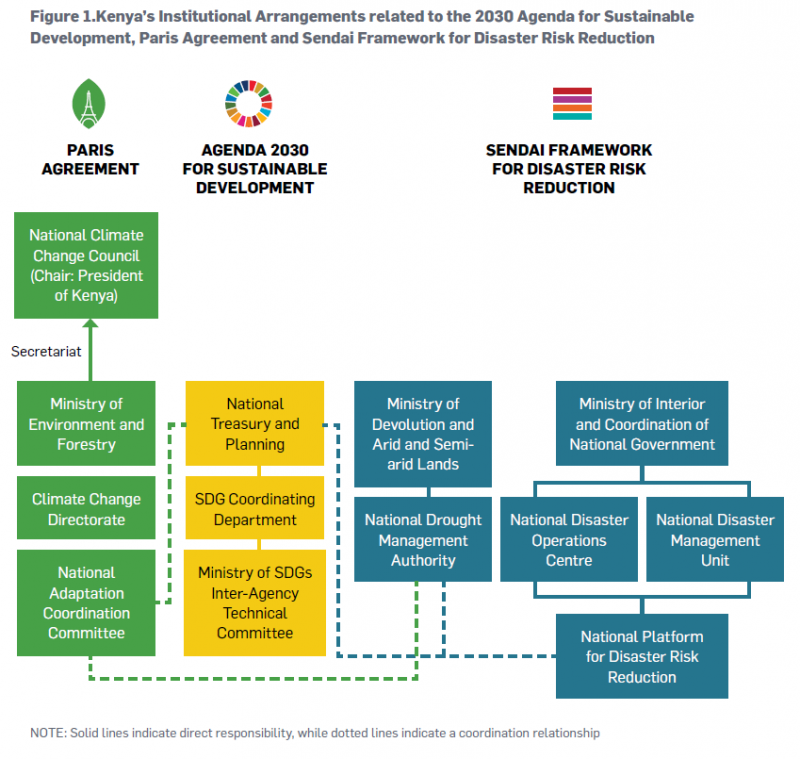Coherence in Practice
Kenya
Case study jointly developed by the International Institute for Sustainable Development (IISD) and the Support Project for the Implementation of the Paris Agreement (a GIZ project, funded by the BMU)....

Introduction
This overview brief was jointly developed by the International Institute for Sustainable Development (IISD) and the Support Project for the Implementation of the Paris Agreement (a GIZ project, funded by the BMU). The brief is summarized here to give an overview of the efforts of the Kenyan government to align the planning for sustainable development, climate change adaptation and disaster risk management.
Climate-sensitive sectors such as agriculture, water, tourism and energy are key for the large and diverse economy of Kenya. The adverse impacts of climate change and the associated increase in the frequency and magnitude of extreme weather events “have led to loss of lives, diminished livelihoods, reduced crop and livestock production, and damaged infrastructure” (Murphy, 2019, p. 2). In light of torrential rains, severe flooding and droughts, the issues of displacement, access to water, food security and damages of vital infrastructure present major challenges for the Kenyan society and government.
The Government of Kenya has recognized that climate change presents “a threat to national sustainable development”. As the alignment of the associated global agendas (Sendai Framework, Agenda 2030 and Paris Agreement) is prioritized, significant action has been taken to incorporate DRM in climate change programming (Murphy, 2019, p. 1).
Planning
Following the adoption of the Agenda 2030 and Sendai Framework as well as the ratification of the Paris Agreement, Kenya has fostered the alignment of respective policy processes in its National Adaptation Plan (NAP). The NAP promotes, for instance, the strengthening of resilience in vulnerable communities that face climate shocks. By setting up a comprehensive approach to DRM, climate adaptation and the SDGs, Kenya is taking systematic steps towards advancing climate-resilient development (Murphy, 2019, p. 2).
The Kenyan government has identified synergies and linkages among the policy processes of the global agendas. For instance, both the national Climate Change Policy in 2018 and the Climate Change Act in 2016 encourage alignment by mainstreaming climate change into DRM action. The latter also aims at “mainstreaming the principle of sustainable development into planning and decision making on climate change” (Murphy, 2019, p. 7).
Implementation
Kenya has developed the National Climate Change Action Plan, 2018–2022 (NCCAP) to implement its NAP and nationally determined contribution (NDC), which lists DRM as “one of seven climate change priority action areas that are expected to promote climate-resilient development” (Murphy, 2019, p. 7). At the same time, the action plan aligns the DRM priority action areas with SDG indicators to assess adaptation measures on the national level.
In Kenya, much of the alignment processes between DRM, climate adaptation and the SDGs arise from the identification of linkages in key strategies and policies. For instance, the National Disaster Risk Management Policy as well as the National Disaster Risk Management Strategy acknowledge the synergies between disaster risks and climate and aim at improved coordination of the planning, policy and institutional frameworks to foster resilience. By fostering coordination mechanisms, climate risk information sharing and harmonizing financing strategies, these alignment processes can be advanced further (Murphy, 2019, p. 1, 8).
A framework of policies, plans and institutions is being established in Kenya to coordinate the policy processes surrounding the implementation of the Agenda 2030, the Sendai Framework and the Paris Agreement (c.f. figure 1). For instance, the National Drought Management Authority collaborated with the Climate Change Directorate to establish the Climate Risk Management Framework for Kenya, 2016. This framework refers to DRM, climate change adaptation and sustainable development “as mutually supportive rather than stand-alone goals” (Murphy, 2019, p. 8).
Reporting
The Kenyan experience of aligning climate change adaptation, DRM and the SDGs to advance climate-resilient development provides a valuable lesson: By using SDG indicators as a reference point, common reporting of all three policy processes can be implemented on the national level. To advance reporting measures further and ensure monitoring and evaluation in a coordinated manner, the various actors responsible for reporting on the three policy processes (e.g. the Climate Change Directorate, the SDG Coordinating Department and the National Treasury and Planning department) should come together to harmonize national reporting measures (Murphy, 2019, p. 10-11).
Get in Touch
Original document:
The summary was derived from the overview brief titled “Alignment to Advance Climate-Resilient Development, Country Case Study: Kenya” (Murphy, 2019). Please find the original brief here.
Disclaimer:
This overview brief is a product of the Support Project for the Implementation of the Paris Agreement (SPA), which is funded by the German Federal Ministry for the Environment, Nature Conservation and Nuclear Safety (BMU) under its International Climate Initiative (IKI) and is produced jointly by IISD and GIZ.
For more information:
www.napglobalnetwork.org
info@napglobalnetwork.org
Twitter: @NAP_Network


